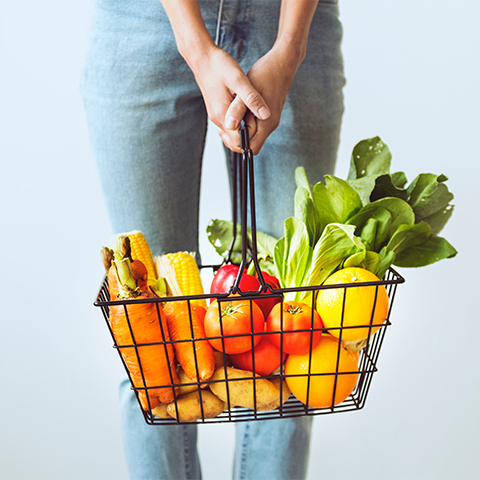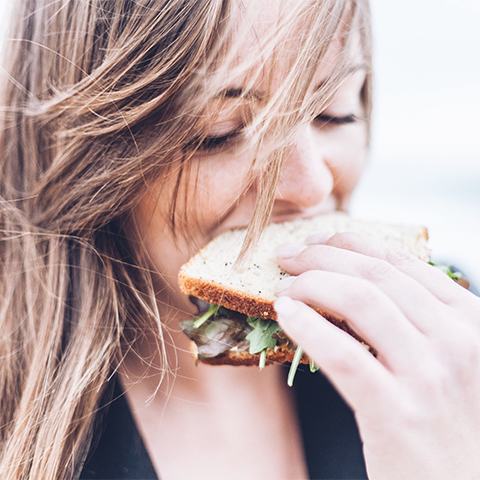Eating for good health
Singaporeans have access to a wide range of foods, but most of us need to choose food and drink more wisely to help support our health. It can be difficult making the right healthy food choices, especially when foods high in fat, sugars, salt and alcohol are so readily available and affordable.
It is important to take control of your health now and make positive changes which will last a lifetime and guiding you on your way to a healthy lifestyle.

Good nutrition
Enjoying a variety of foods, eating regular meals which include wholegrains, fibre, fruit and vegetables, and limiting the amount of fat, sugar and salt you eat are all considered to be good nutrition.
The Australian Guide to Healthy Eating visually represents the proportions of the five food groups recommended each day.
The five food groups are:
Variety in your diet is important and helps you to obtain the various nutrients required by your body. To promote variety, create meals with at least three food groups from the above list. E.g. For breakfast, include some fruit with wholegrain cereal and reduced fat milk and/or yoghurt
Nutrition as we age

Muscle mass – Muscle mass starts to decline with age! But with adequate protein in the diet you can minimise the loss, says Swisse Accredited Practicing Dietitian Simone Austin. Simone suggests trying to have a protein source at each meal and snack. For example, eggs, yoghurt or milk with breakfast, lean meat, cheese or canned fish in your sandwich at lunch, nuts and a slice of cheese in the afternoon and a lean piece of meat, fish or legumes in the evening.
Bone density – Oestrogen levels may start to decline from around the age of 45, which means bone density will start to decrease as oestrogen helps regulate bone tissue turnover. To support bone health, it is suggested to include calcium-rich foods and those with vitamin D, says Simone.
Weight changes – After menopause, the hormonal changes (mainly changes to the level of oestrogen) that occur increase the likelihood that women will store body fat around their abdomen. One of the main health challenge with this is the increased risk of developing insulin resistance.
Insulin resistance is when the body’s cells do not respond well to the hormone insulin. This means the cells don’t absorb the glucose as well as they should, and blood sugar levels can rise. To help keep blood glucose levels in good control include low glycemic index (GI) carbohydrates . These are generally high fiber carbohydrates with minimal processing e.g. wholegrain bread over white, whole fruit in place of fruit juice. Simone suggests adding some healthy fats or protein to your carbohydrate foods such as, extra virgin olive oil to your potatoes, avocado and cheese to your sandwich, natural yoghurt and nuts to your fruit. These slow the digestion of the carbohydrate foods therefore lowering the GI to help with blood glucose control.
Hot flushes – Occur at a variety of ages and can come and go as they please. Soy (and many other plant foods) contains isoflavones, a type of phytoestrogen, which are plant derived compounds that can exhibit hormonal activity. Simone suggests including some soy containing products to exhibit a small amount of oestrogen like behaviour which may reduce the hot flushes, examples include soy milk, tempeh, tofu, edamame. Simone’s hot tip is if you are experiencing hot flushes at night causing you to sweat, then up your water intake to counteract that extra fluid lost.